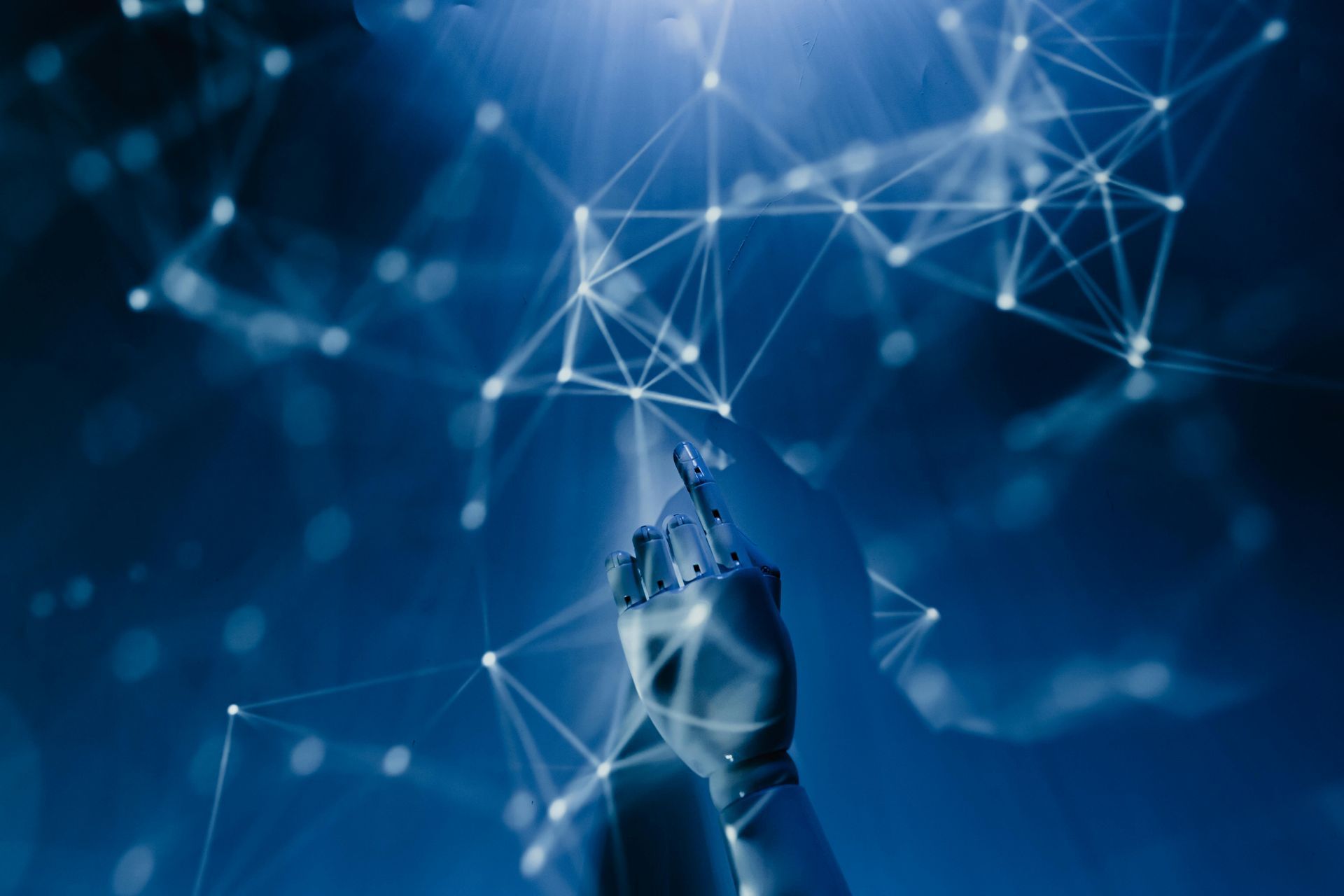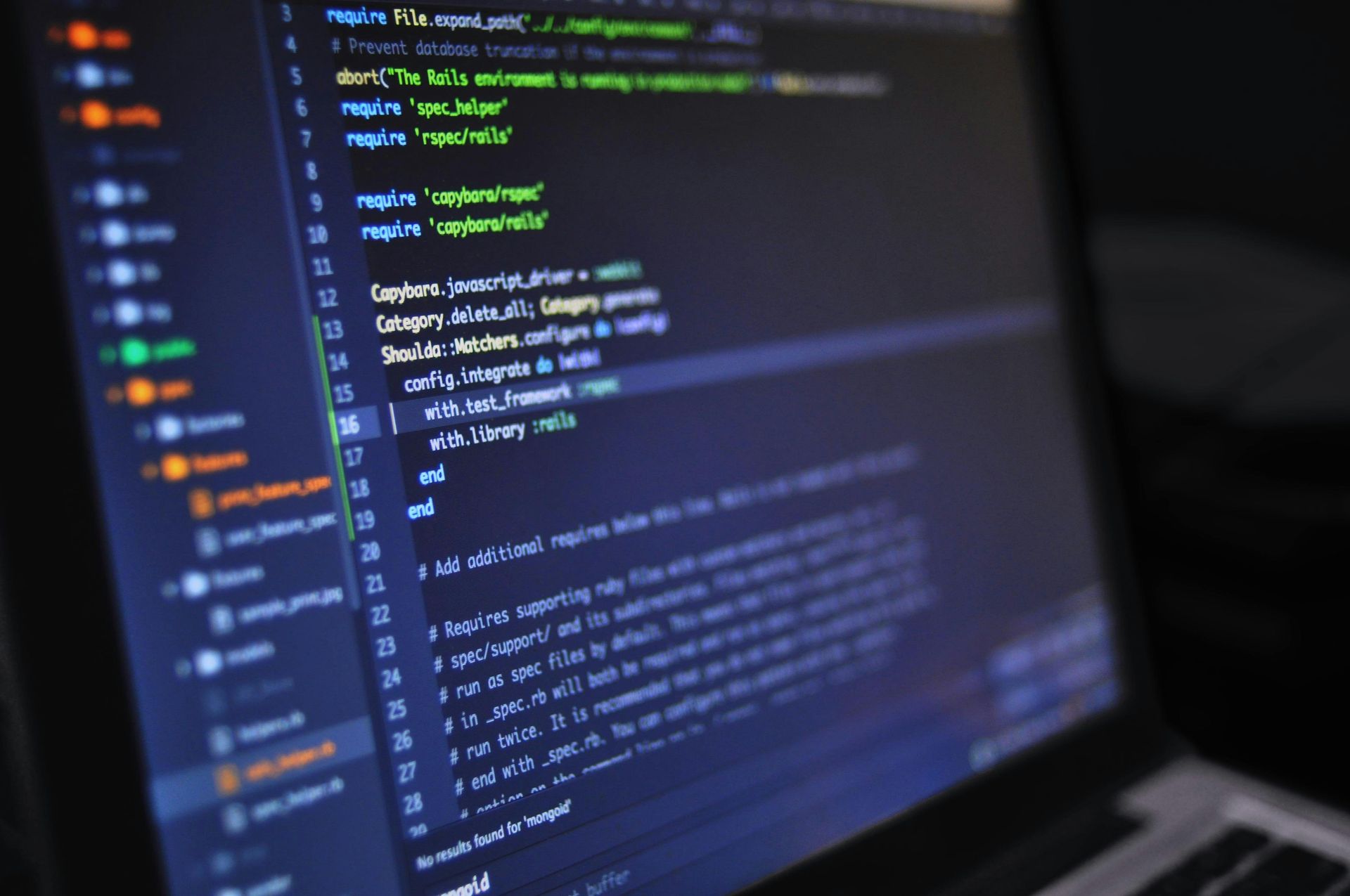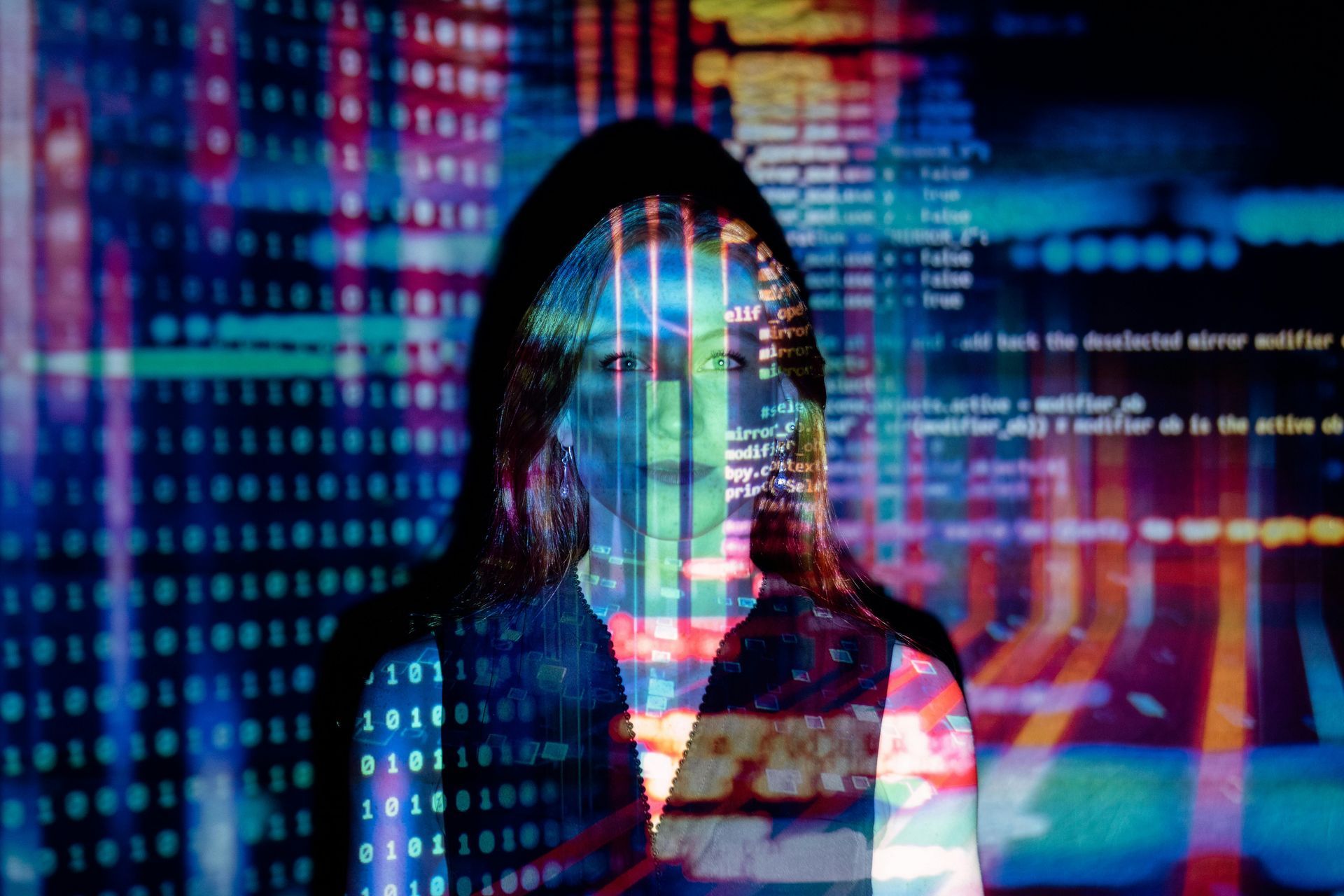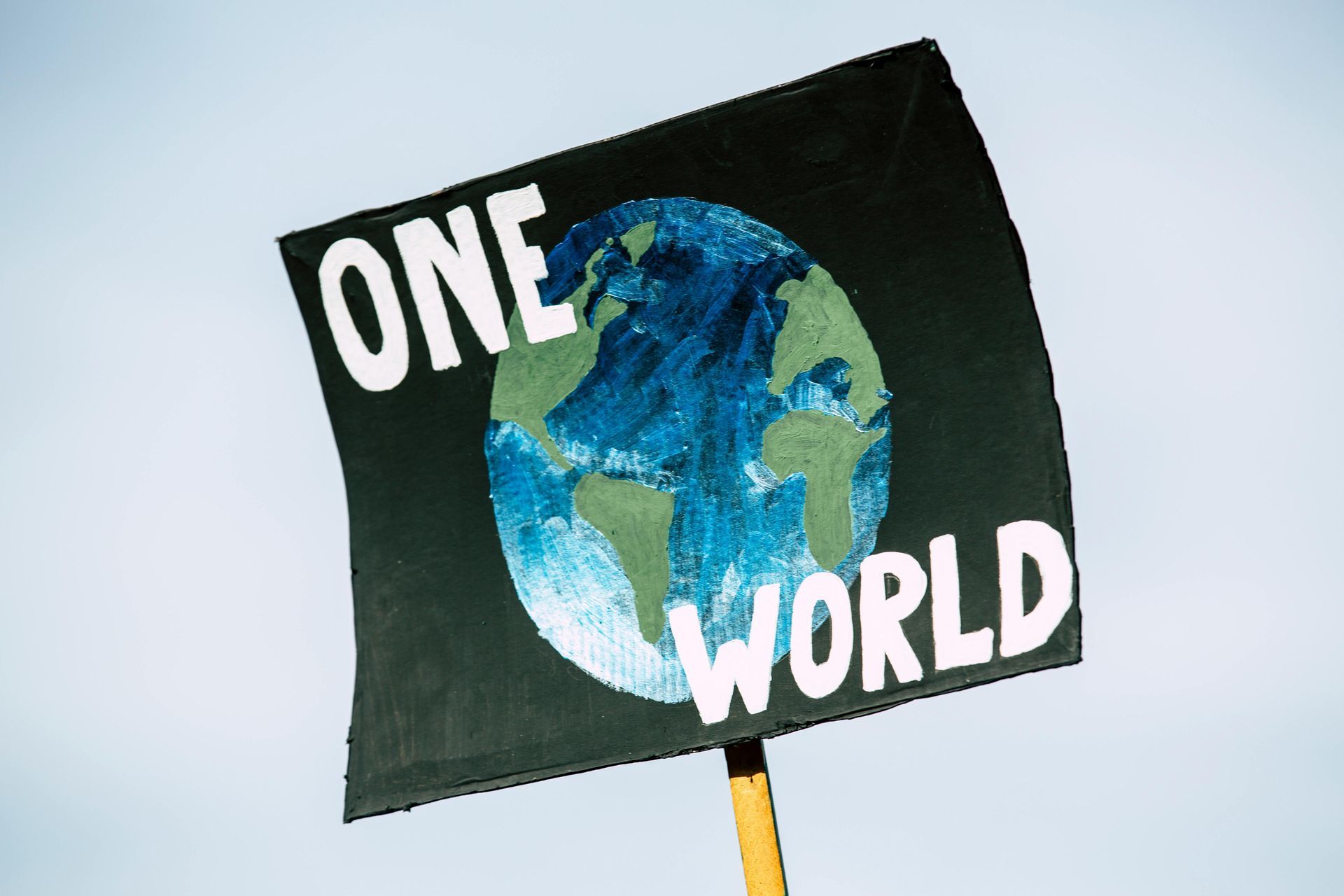Navigating the 4th Industrial Revolution.
Explore the future of artificial intelligence with this insightful guide!.
Navigating the 4th Industrial Revolution: Transforming the Future of Work and Society
The world stands on the brink of a technological revolution that will fundamentally alter the way we live, work, and interact with one another. Known as the 4th Industrial Revolution, this seismic shift is characterized by the fusion of digital, biological, and physical innovations that blur the boundaries between traditional industries and emerging technologies. As we delve deeper into this era, it is crucial to understand its implications, opportunities, and challenges.
Understanding the 4th Industrial Revolution
Ang 1st Industrial Revolution, na nagsimula noong huling bahagi ng ika-18 siglo, ay nagpasimula ng mekanisasyon sa pamamagitan ng tubig at steam power. Ang ika-2, sa huling bahagi ng ika-19 at unang bahagi ng ika-20 siglo, ay nagpahusay ng produksyon gamit ang mga pamamaraan ng kuryente at mass production. Ang ika-3 ay nagsimula sa edad ng electronics at IT, na nagtutulak ng automation mula noong kalagitnaan ng ika-20 siglo. Ngayon, ang 4th Industrial Revolution ay bubuo sa mga digital advancement ng ika-3, na nagpapabilis ng teknolohikal na pagsasama sa lahat ng aspeto ng aktibidad ng tao.
This revolution is distinguished by emerging technologies such as artificial intelligence (AI), the Internet of Things (IoT), robotics, biotechnology, blockchain, and quantum computing. These technologies promise to revolutionize industries, individual lifestyles, and even societal structures.
Key Impacts and Opportunities
Transforming Industries: Ang mga industriya tulad ng pagmamanupaktura, pangangalaga sa kalusugan, at retail ay binabago ng mga advanced na digital innovations. Ang AI at machine learning ay nag-o-optimize ng mga proseso at paggawa ng desisyon, habang ang IoT ay tinutulay ang agwat sa pagitan ng mga pisikal na device at digital system, na lumilikha ng mas matalinong mga imprastraktura.
Workforce Evolution: The future of work is rapidly changing. Automation and AI are expected to replace many routine jobs, making reskilling and adaptability essential for the workforce. However, new opportunities will emerge in tech-driven fields, demanding skills in data analysis, digital literacy, and creative problem-solving.
Enhanced Connectivity: The interconnectivity enabled by IoT and advanced communication networks like 5G enhances infrastructure, leading to smarter cities, improved healthcare systems, and more efficient transportation networks.
Sustainability and Innovation: Emerging technologies enable sustainable solutions, such as renewable energy systems, smart agriculture, and efficient resource management. These innovations hold the potential to combat global challenges like climate change and resource scarcity.
Mga Hamon na Malalampasan
While the 4th Industrial Revolution offers vast opportunities, it also presents significant challenges that must be addressed:
Privacy and Security: As data becomes more integral to operations, safeguarding personal and organizational information is paramount. Cybersecurity measures must be robust and adaptive to evolving threats.
Inequality and Access: There's a risk that the benefits of technological advancements may not be evenly distributed. Ensuring equitable access to digital tools, education, and opportunities is crucial to avoid exacerbating societal divides.
Ethical Implications: The rapid advancement of technologies such as AI raises ethical questions about privacy, decision-making, and human rights. Establishing ethical frameworks for technology use is essential.
Preparing for the Future
Habang tinatanggap natin ang 4th Industrial Revolution, ang mga indibidwal at organisasyon ay dapat magpatibay ng mindset ng patuloy na pag-aaral at pagbagay. Ang mga pamahalaan, institusyong pang-edukasyon, at mga negosyo ay dapat magtulungan upang lumikha ng mga patakaran at kapaligiran na nagpapaunlad ng pagbabago at sumusuporta sa paglipat ng mga manggagawa.
Investments in education and training programs will be imperative to ensure that people are equipped with the skills needed to thrive. Additionally, promoting digital inclusion will help bridge the gap between those who have access to new technologies and those who do not.
Conclusion
Ang 4th Industrial Revolution ay kumakatawan sa isang hindi pa nagagawang pagkakataon upang muling hubugin ang ating mundo. Sa pamamagitan ng pag-navigate sa mga kumplikado nito nang may pag-iisip, maaari nating gamitin ang potensyal nito upang lumikha ng isang mas makabago, konektado, at napapanatiling hinaharap para sa lahat. Habang tayo ay nangunguna sa teknolohikal na panahon na ito, ang ating mga pinagsama-samang pagpipilian ay tutukuyin ang landas na pasulong, na tinitiyak na ang pag-unlad ay nakikinabang sa lahat, saanman.


































